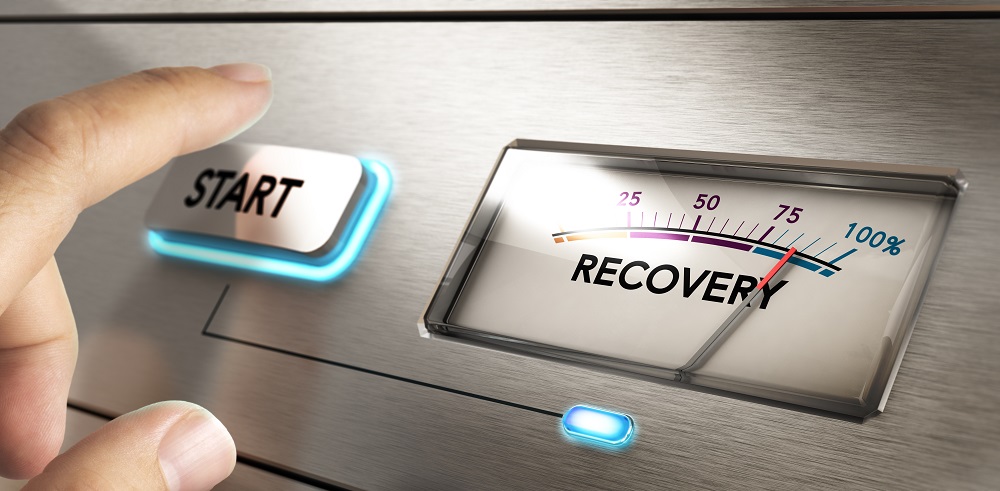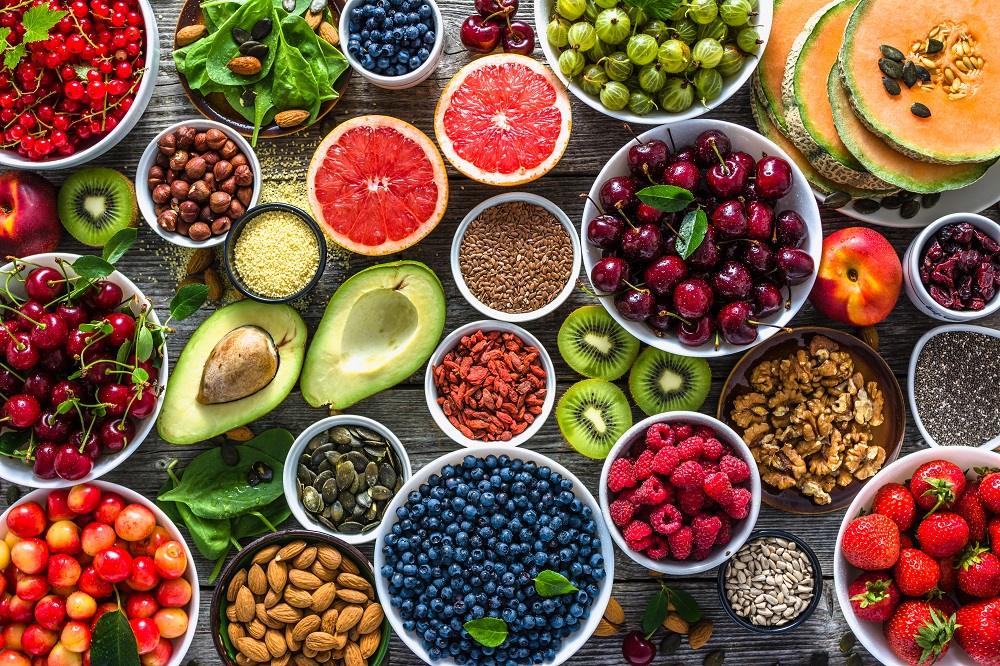So, you’ve twisted your ankle or pulled a muscle. Ouch! You’re probably icing it religiously, following your doctor’s orders, and itching to get back to your normal routine. But there’s another crucial element to speeding up your recovery that you might not be considering: food.
That’s right! What you eat plays a critical role in how quickly your body heals itself. Think of your body like a construction zone. After an injury, your body is busy rebuilding damaged tissues, and to do that, it needs the right building materials. That’s where food comes in.
This article will help you understand how nutrition and dietetics aid in injury recovery, from getting enough fuel and nutrients to staying hydrated. and planning your meals Read on to learn more.
Fueling Your Body for Repair
Think of your body battling knee injuries or ankle sprains like a construction crew rebuilding a house. They wouldn’t show up empty-handed, right? They need the right materials, such as lumber, bricks, nails, to get the job done.
That’s exactly what food is for during recovery. By providing your body with the right nutrients, you’re actively giving it the fuel it needs to heal faster and get you back to the activities you love.
Macronutrients: The Building Blocks of Healing
Did you know: the quicker you get the right materials to the site, the faster things get rebuilt? That’s exactly what macronutrients like protein, carbohydrates, and healthy fats do for your body during healing.
Protein
Your body uses protein to rebuild muscle tissue, tendons, and ligaments—the building blocks damaged during a sports injury. Aim for lean meats, fish, eggs, beans, and tofu to keep those repairs moving smoothly.
Carbohydrates
Don’t ditch the carbs! They provide readily available energy to fuel the healing process and keep your immune system strong. Choose complex carbs like whole grains, fruits, and vegetables.
Healthy Fats
Healthy fats found in fish, avocados, nuts, and seeds actually help reduce inflammation, support cell growth, and keep you feeling full—all crucial for a speedy recovery and a successful return to physical therapy or strength training.
With the right balance of macronutrients, you’re giving it the tools it needs to heal efficiently and get you back on the field faster.
Micronutrients: The Power Players
Micronutrients, like vitamins and minerals, are essential for many bodily functions, including healing. Here are some key ones to focus on:
Vitamin C
Vitamin C is crucial for collagen production, which is a major component of connective tissues. Get your vitamin C from citrus fruits, berries, bell peppers, and broccoli.
Vitamin D
Vitamin D helps your body absorb calcium, which is necessary for bone health. It’s also involved in the immune system function. Sunlight is a natural source, but you can also get it from fatty fish and fortified foods.
Zinc
This mineral is involved in tissue repair and immune function. Oysters, lean red meat, poultry, and nuts are all good sources of zinc.
With these power players, you’re setting yourself up for a smoother, faster recovery and a quicker return to the activities you love.
Staying Hydrated
Water is essential for every bodily function, and healing is no exception. Dehydration can slow down recovery and make you feel sluggish. Aim for eight glasses of water per day, and adjust based on your activity level and climate.
Planning Your Meals for Recovery

Now that you know the essential nutrients, how do you put it all together to create an injury recovery plan with a realistic recovery timeline? Here are some tips:
Prep in Advance
Dedicate a day to prepping chopped veggies, pre-cooking lean protein sources, and portioning out snacks. This saves time during the week and reduces the temptation to grab unhealthy options.
Batch Cook
Cook a big pot of quinoa or brown rice on Sundays. It’ll be a ready-made base for lunches and dinners throughout the week, saving you time and ensuring you have healthy whole grains on hand.
Get Creative with Leftovers
Leftover grilled chicken? Cube it for a salad or stir-fry. Roasted veggies? Blend them into a smoothie or add them to an omelet. Leftovers can be your secret weapon for healthy, recovery-boosting meals.
Pack Healthy Snacks
Keep your fridge and pantry stocked with grab-and-go options like fruits, nuts, and baby carrots with hummus. This way, you’ll always have a healthy choice on hand when hunger strikes.
By planning and prepping a bit in advance, you can make healthy eating during recovery a breeze.
Final Thoughts
Recovering from an injury is a marathon, not a sprint. By improving your diet with the right nutrients, you’re giving yourself the best chance to heal quickly and get back to the activities you love. So, take charge of your recovery kitchen, and watch your body bounce back like a champ! Let food be your medicine on the road to a stronger, healthier you.

